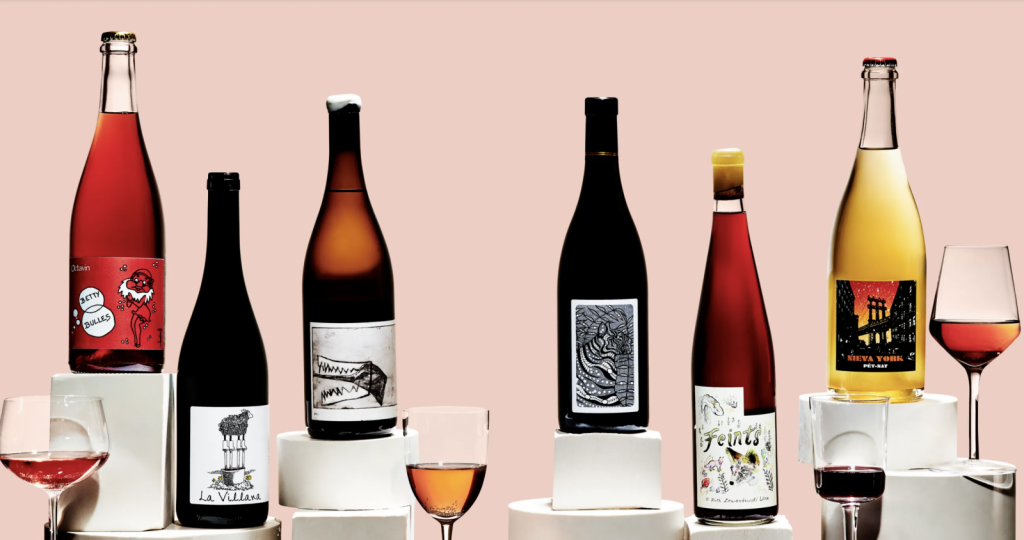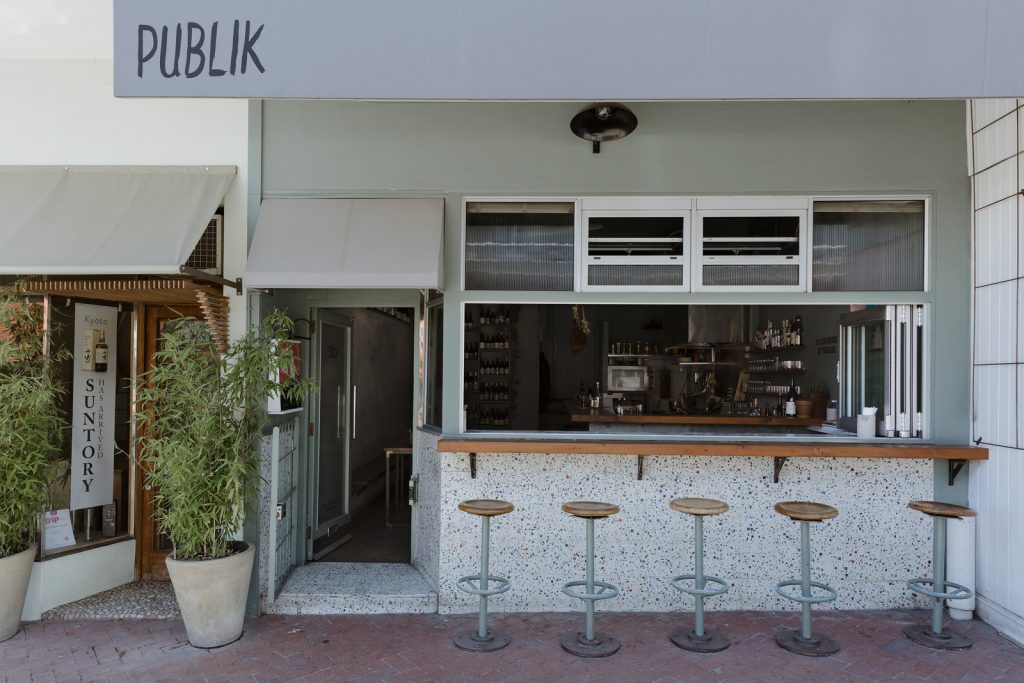Aleisha Kalina. Photo: Supplied
February 2023 marks 364 years since the first wine was harvested in the Western Cape by Jan van Riebeeck in 1655. This annual celebration is coined a birthday instead of an anniversary, making South Africa’s Wine Route the only country in the world to celebrate a wine region’s birthday.
A lot has changed since Van Riebeeck’s diary entry documenting the first vineyard planted on South African soil, and since another colonial Dutchman, Simon van der Stel established what is today Groot Constantia, the oldest winery in South Africa.
From ‘MCC’ to ‘CC’
As a region known for world-class wine productions, South African wineries have perfected different methods and viticulture techniques of regions from other countries. Most notably, sparkling wine, or Méthode Cap Classique (MCC), is said to have been mastered by South African winemakers.
South African bubbly follows similar methods as those in France’s Champagne region but cannot be labelled Champagne. Those in the field also celebrate 50 years since the first Cap Classique produced in South Africa, says Caroline van Schalvyk, head of marketing at the Cape Classique Producers Association (CCPA).
“[We] refrain [from] using the acronym, MCC. We know that it is an easy way out, but we feel that the category can benefit hugely by referring to the product as Cap Classique,” says Pieter Ferreira, CCPA’s chairperson.
Like the art of wine making, this shift from MCC to CC is a fine balancing act. “When referring to the process the words — Méthode Cap Classique — may be used. However, the general language should be Cap Classique [CC]” says Ferreira.
“We take our time to craft Cap Classique, the way it has been done for centuries. And we are rewarded with a magnificent sparkling wine that’s a timeless classic, especially with the right reference, Cap Classique.”
Soon shelves formerly lined with bottles of South African MCC will be swapped with bottles of South African CC.
“By doing it this way we will develop the behaviour and people will catch on to it, thus strengthening the brand Cap Classique, uniquely South African,” Ferreira adds.
Three F’s of natural wine
 Natural wines are all the rage. Photo: Supplied
Natural wines are all the rage. Photo: SuppliedYoung winemakers and wine drinkers are leaning towards “natural wines” that have quirkier “personalities” than the country’s more ubiquitous wine labels.
This trendy group of wine drinkers are moving away from “déjà vin” — seeing the same bottles of wine everywhere you shop or dine.
Natural wine is made from fermented grape juice and nothing else, referencing the oldest methods of winemaking before more complex mass-produced wines introduced other elements such as sulphates, pesticides, herbicides, eggs and sugar.
It is also not uncommon for the quirky, colourful, and playful natural wine labels to flash the words “fermented”, “fizz” or “funk”. Intelligo Wines or Testalonga Wines from the Western Cape’s Swartland have some of the most popular natural wines with playful labels.
Intelligo’s The Sleeping Pilot or The Pink Moustache natural wine labels are illustrations by local artists that “strive to find the balance that shows how we sync with nature in the most natural possible way”, reads Intelligo’s website. Testalonga’s Baby Bandito wines also have fun names like Follow Your Dreams, Chin Up and Keep on Punching.
Along with the new wave of winemakers are the new wave of wine bars. In Johannesburg, Acid Bar in Parktown North praises those who do things differently. Wine Bar in Kramerville is a destination to have fun learning about natural wine.
 Publik bar kloof. Photo: Supplied
Publik bar kloof. Photo: SuppliedIn Cape Town, Leo’s Wine Bar doubles as a sidewalk social club where people mingle on the sidewalk with fizzy, funky glasses of wine, while Publik Wine Bar hosts a regular shuffle of natural wines along the long counter.